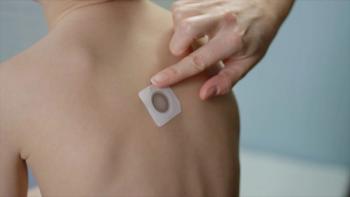
Absence of Eye Contact Useful Autism Measure in Toddlers
Autistic 2-year-olds make significantly less eye contact with approaching adults than their developmentally delayed but not autistic and typically developing counterparts, according to an article published in the August issue of the Archives of General Psychiatry.
WEDNESDAY, Aug. 6 (HealthDay News) -- Autistic 2-year-olds make significantly less eye contact with approaching adults than their developmentally delayed but not autistic and typically developing counterparts, according to an article published in the August issue of the Archives of General Psychiatry.
Warren Jones, of Yale University School of Medicine in New Haven, Conn., and colleagues conducted a study of 15 autistic 2-year-olds, 36 normally developing children and 15 developmentally delayed but non-autistic children who were presented with 10 videos each showing an actress playing the role of caregiver and looking directly into the camera.
Whereas the autistic children looked into the eye significantly less often than children in the two control groups, they looked at the mouths more often, the investigators found. The fixation patterns of the two control groups were indistinguishable, the researchers report. Among the autistic children, the extent of social disability was correlated with the extent of fixation on the eyes, the report indicates.
"Our results offer evidence that toddlers with autism lack an early-emerging bias for preferential attention to the eyes of approaching adults," the authors write. "Mutual gaze, gaze following, and even language acquisition are parts of a progressively more complex social interaction that has its beginnings in eye contact with others. Divergence from this process is likely to result in atypical formation and specialization of the social mind and brain."
Copyright © 2008
Newsletter
Access practical, evidence-based guidance to support better care for our youngest patients. Join our email list for the latest clinical updates.






